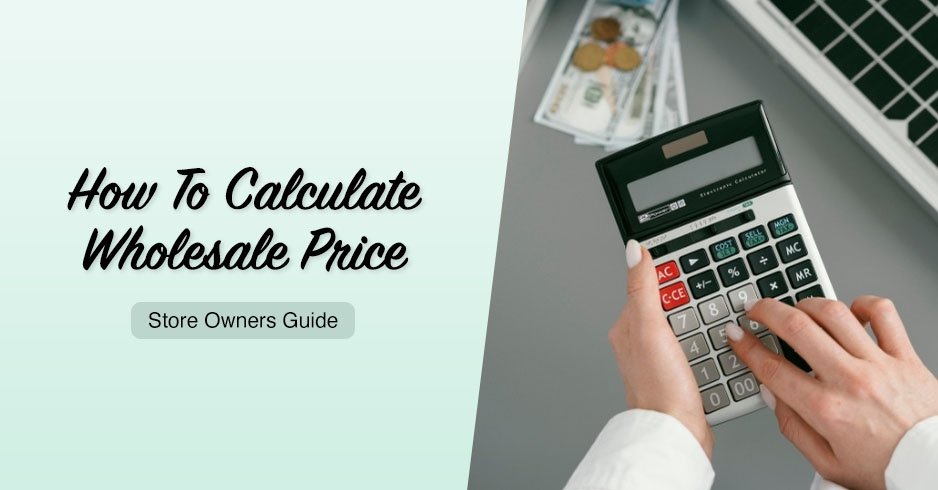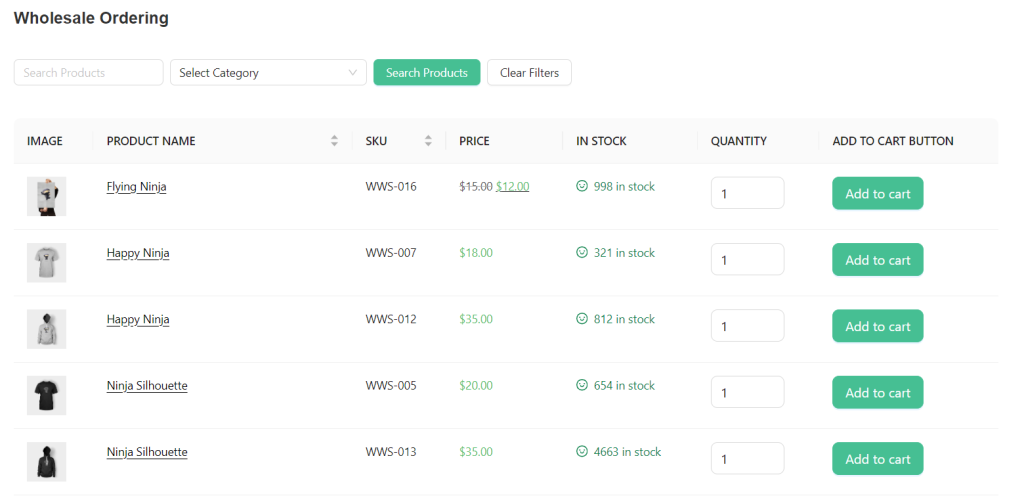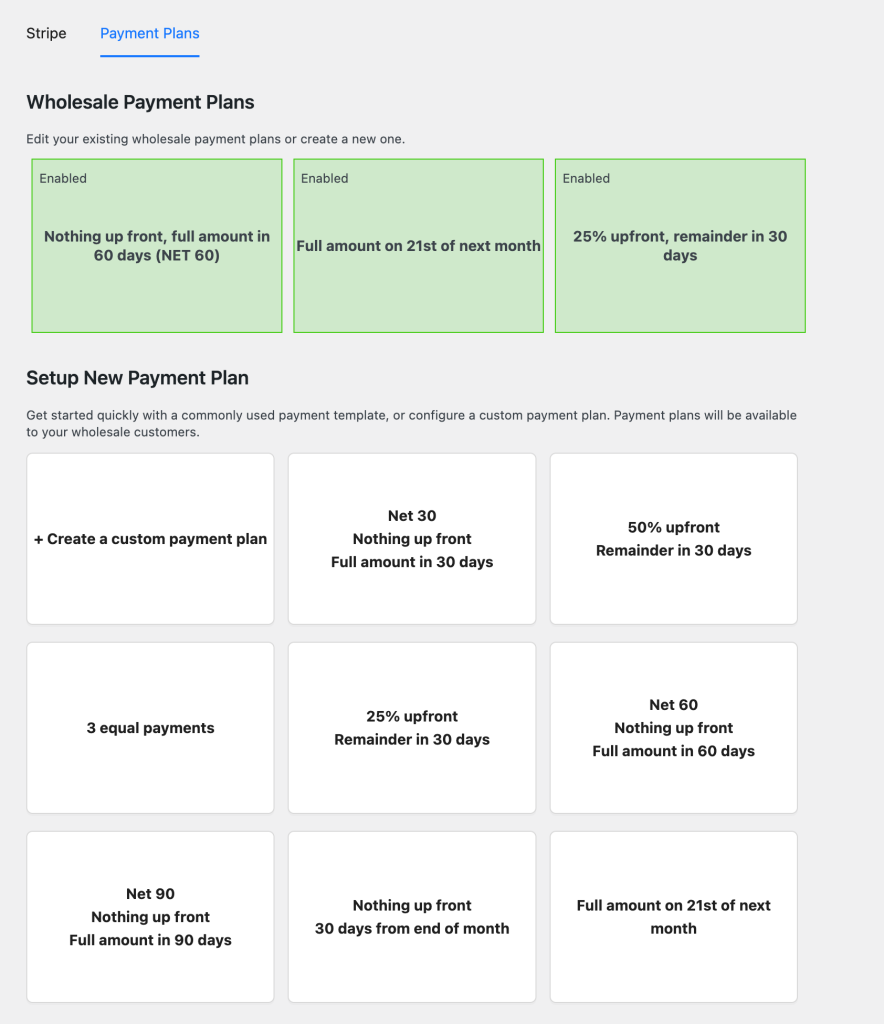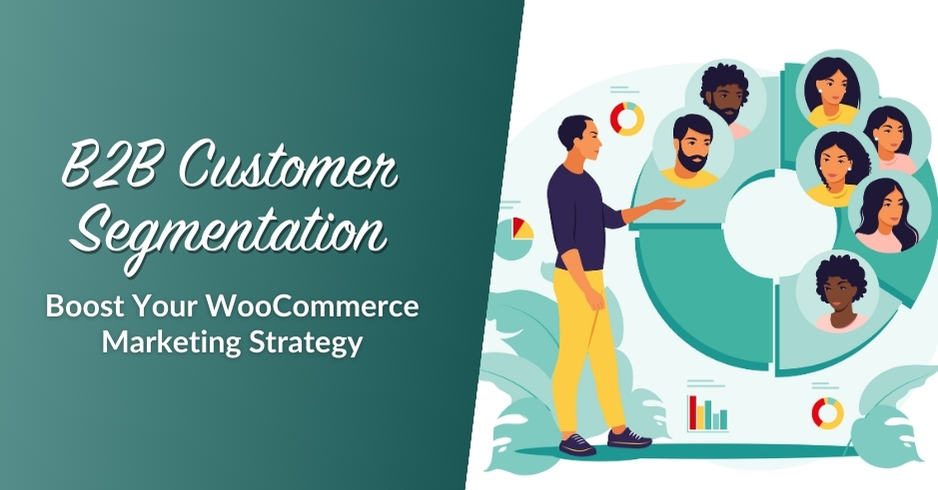
There is no one-size-fits-all marketing strategy that can engage and convert all types of B2B customers. To stand out, make an impact, and create lasting partnerships with wholesale buyers, you need to understand their unique needs and personalize your marketing approach. This is what makes B2B customer segmentation so powerful.
But… what is it and how do you even start? We’re here to make it easy for you! In this guide, we walk you through everything you need to know about B2B customer segmentation. Most importantly, we’ll show you how you can implement it easily in WooCommerce.
So, if you’re ready to learn, then keep reading!
What Is B2B Customer Segmentation?
In the process of B2B customer segmentation, you group B2B customers into “segments” based on shared characteristics, needs, and behavior patterns. Doing so allows you to personalize your communication, sales, and support for each segment. The result is more targeted and effective interactions that resonate with customers, potentially leading to higher conversion rates.
Why is it important?
There are several benefits that come along with implementing B2B customer segmentation:
- Tailored messaging and solutions: Segmenting your B2B customers allows you to understand the preferences, pain points, and needs of each customer group. This invaluable knowledge enables you to craft personalized marketing messages, product recommendations, and solutions that match what your customers are looking for.
- Efficient resource allocation: By segmenting your customers, you are able to identify promising, high-value segments that have the highest chance of converting into paying customers. This informs your marketing strategy accordingly and maximizes your return on investment
- Targeted product expansion/development: B2B customer segmentation can also benefit your planning, research, and development efforts. With better knowledge about the segments you serve, you can create products or offer services that better align with their needs.
4 Common B2B Customer Segmentation Methods
There are different methods on how you can group your customers. Depending on the nature of your wholesale business, one may be more applicable than the other. Below, we list the most common methods for B2B customer segmentation and provide examples of how you can tailor your offerings and marketing strategies.
1. Geographic segmentation
Using this method, you group customers based on where they operate–for instance, their country, region, or city. This is beneficial for several reasons, even more so if you serve a wide geographic area or cater to international markets. For example, it allows you to:
- Optimize logistics: By knowing where your customers are, you can optimize your distribution and logistics operations accordingly. This will help you avoid understocks and overstocks, and ensure orders are fulfilled in a timely manner.
- Localize your marketing efforts: Depending on how wide your customer base is, their operating locations may have varied economic and cultural landscapes. By segmenting your market geographically, you can personalize your promotional efforts for the local audience. For instance, creating campaigns for local holidays, or aligning your offerings based on local trends.
- Ensure compliance: Likewise, each geographic region may have varying regulations and compliance requirements. Segmenting your customers based on this approach can help you adapt your strategies to ensure compliance and avoid potential legal issues.
2. Firmographic segmentation
This B2B customer segmentation process is the equivalent of demographic segmentation in B2C (business-to-consumer) marketing. It segments B2B customers based on the quantitative characteristics of the organization. Key examples include industry, company size, revenue, and location.
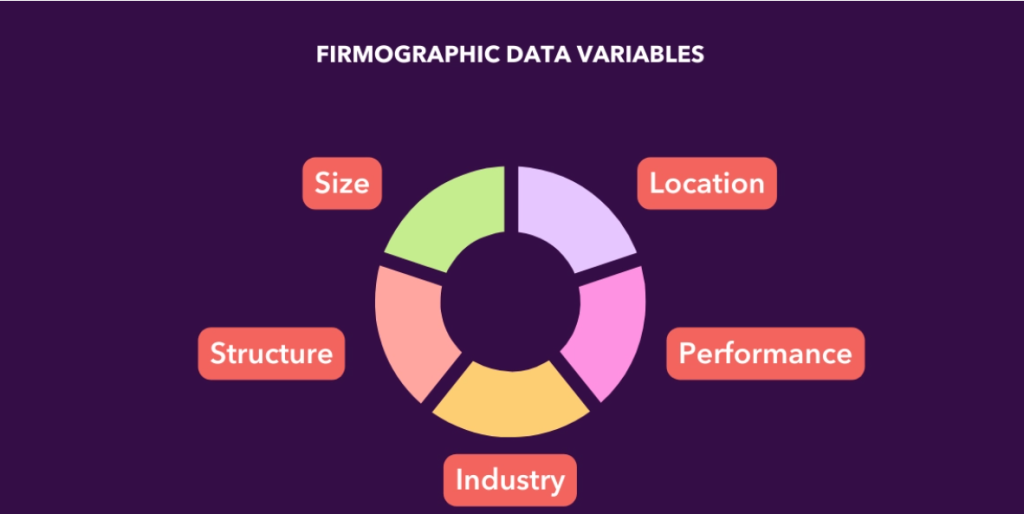
Grouping customers based on these shared characteristics can help your business create promotions that resonate more effectively. For example, segmenting customers based on their industry can help you craft product recommendations that address the needs of their niche.
On the other hand, segmenting based on company size might help you craft offers in line with their purchasing power. Small businesses, for instance, may have limited resources and require flexible payment terms that allow them to manage their cash flow effectively.
3. Needs-based segmentation
Unlike the two approaches we’ve discussed so far, needs-based segmentation relies more on qualitative information. This method groups customers based on their pain points, challenges, and unique needs.
There are several ways you can identify the needs of your B2B customers. Some excellent methods include sending out feedback forms, conducting customer interviews, and analyzing customer service interactions. Below are some good questions to ask:
- What do you consider the biggest challenges for your business?
- How can we improve our solutions to better meet your needs?
- What are your top considerations when choosing a supplier?
You may find out that some of your segments prioritize timely order fulfillment, pricing, or post-purchase support. According to B2B International, the most common needs-based segments in B2B are:
- Price-focused segments
- Quality and brand-focused segments
- Service-focused segments
- Partnership-focused segments
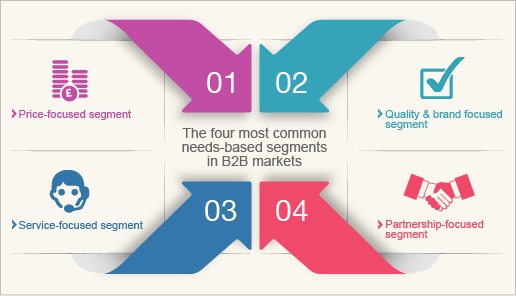
Once you have identified your customers’ core needs, you can group them into segments that share the same challenges. In turn, you can tailor your sales and marketing strategies to address what they need.
4. Behavior-based segmentation
In this B2B customer segmentation strategy, you group customers based on their previous interactions with your business. How do they engage with your offerings? How receptive are they to your marketing efforts? Some behavioral variables can include:
- Engagement levels: Evaluate marketing metrics like email open rates, click rates or social media engagement. B2B customers who are highly engaged in your promotional strategies may be more inclined to respond positively to product launches, targeted marketing campaigns, or exclusive offerings.
- Purchase behavior: This entails assessing buying-related behaviors like order frequency or average order values. Knowing this can help you tailor your offerings. For example, you can consider implementing a tiered wholesale pricing strategy to encourage bulk buyers to increase their order sizes.
- Payment behavior: Evaluate how your B2B customers prefer to pay, whether it’s upfront, in partial payments, or in installments. Looking into this information can help you personalize payment options and terms to meet the needs of your clients.
How To Implement B2B Customer Segmentation In WooCommerce Using Wholesale Suite
Implementing B2B customer segmentation may seem complicated when you’re just starting to get into it, but setting up systems can make it easier for you. Luckily, WooCommerce store owners rely on powerful tools like Wholesale Suite to effortlessly implement segmentation strategies.
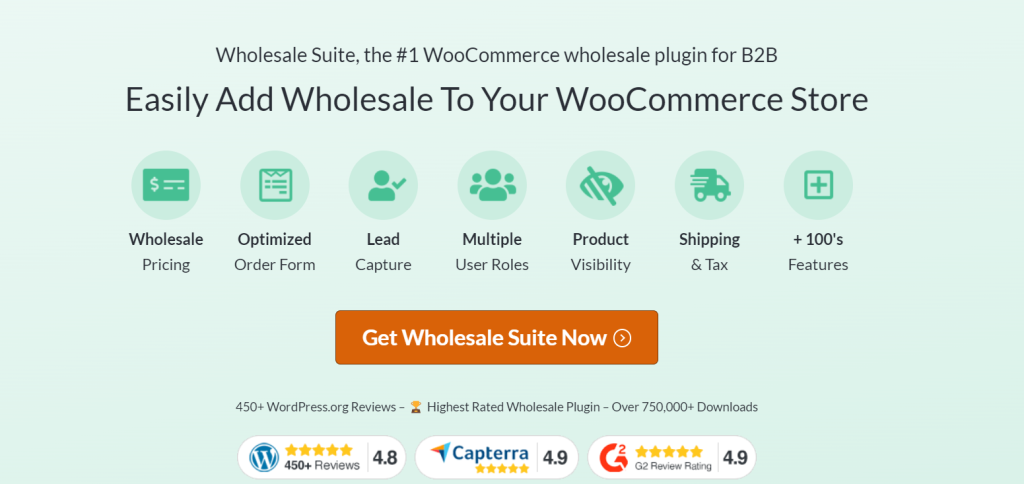
Wholesale Suite features four powerful plugins: Wholesale Prices Premium, Wholesale Order Form, Wholesale Lead Capture, and Wholesale Payments. Here’s how this all-in-one solution can help you implement a WooCommerce B2B customer segmentation strategy:
1. Capture relevant customer information from the get-go
One of the most important aspects of B2B customer segmentation is gathering the right information. Wholesale Suite includes Wholesale Lead Capture, a plugin that enables WooCommerce store owners to create a fully customized B2B registration form.
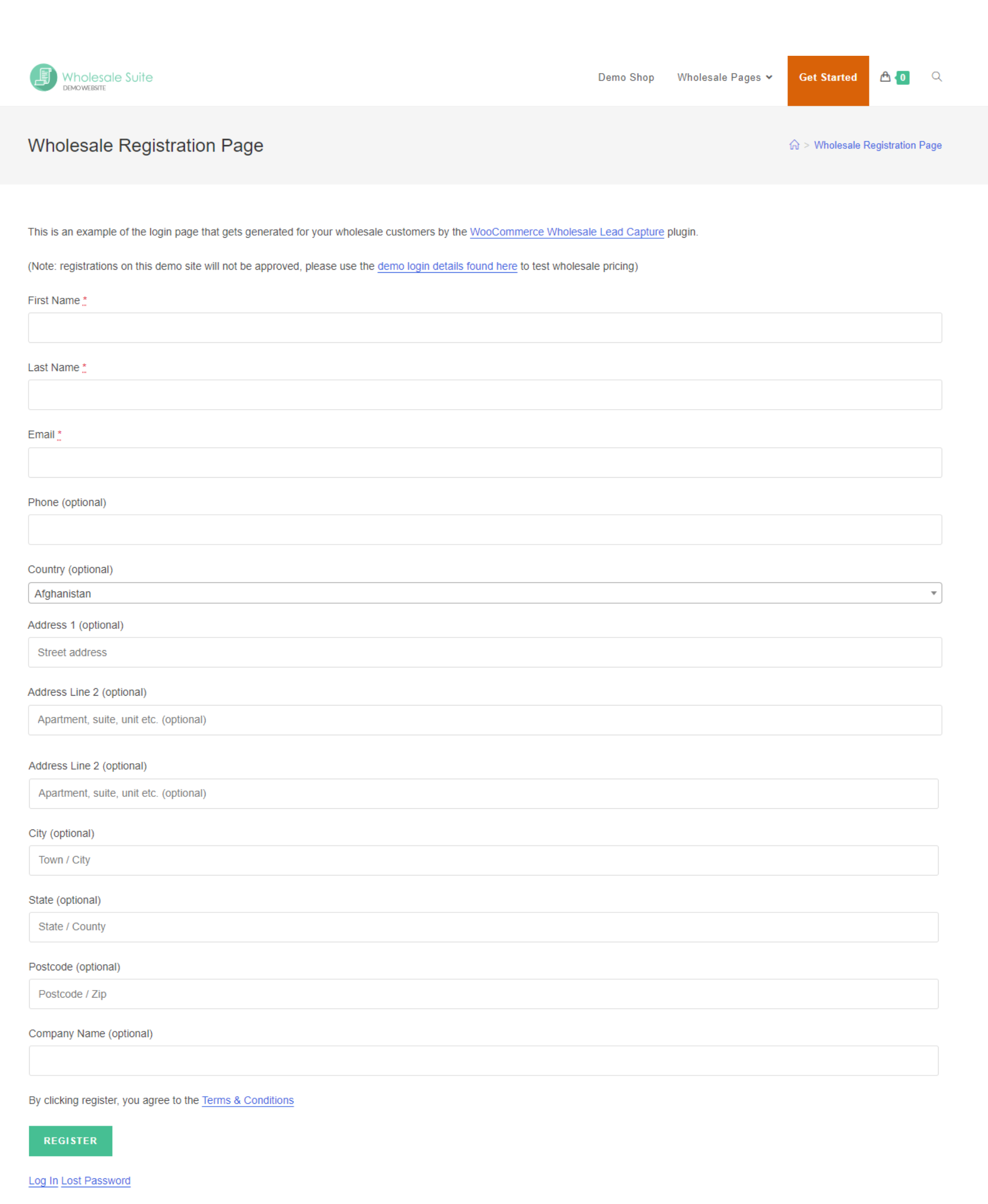
You can use this plugin to capture relevant information like company size, industry, location, communication preferences and so much more. As we’ve discovered, this data is crucial for customer segmentation. By getting access to this information from the outset, you can group your customers accordingly and create a personalized customer journey that resonates with their needs.
2. Create unlimited B2B user roles in WooCommerce
The key to a successful B2B customer segmentation strategy in WooCommerce is having a simple and organized system to “group” your customers. With Wholesale Prices Premium, you can create unlimited wholesale user roles to represent these distinct segments and tailor your offerings (more on this below) to meet their needs.
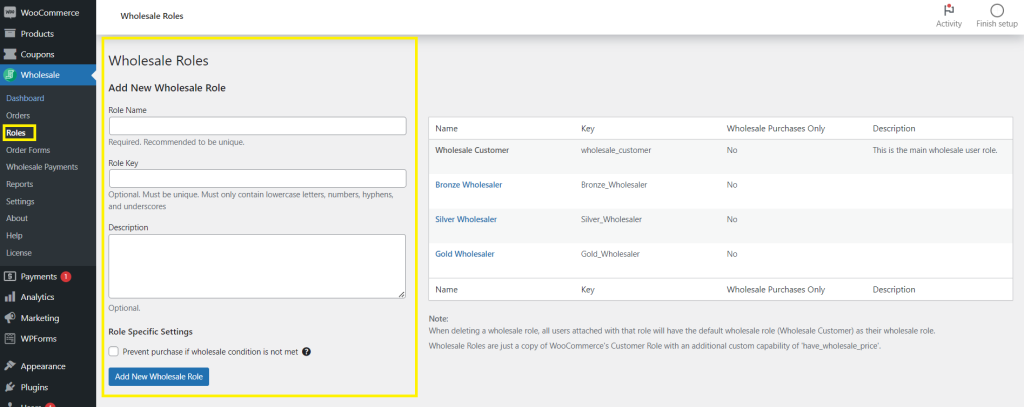
3. Map B2B prices, payment gateways, shipping, and more!
Wholesale Suite allows you to tailor the WooCommerce B2B experience for different customer segments in numerous ways. Using Wholesale Prices Premium, you can:
- Set different wholesale prices to different customer user roles
- Map shipping options (very useful if you’re catering to a wide geographical location, to ensure customers select the best option for their needs)
- Map tax exemptions or apply different tax rates to B2B customers
- Set minimum order requirements based on user roles
- Tailor product visibility to different customer segments
- and so much more!
See the full list of Wholesale Prices Premium’s features here.
4. Create order forms to cater to different customer segments
Wholesale Order Form, a plugin within Wholesale Suite, allows you to easily create one-paged bulk ordering forms for B2B buyers. This plugin enables you to streamline the ordering process for wholesale customers. It also offers a ton of customization options. For example, you can tailor the visibility your order forms for specific wholesale user roles, choose which products (or categories) you want to include, and customize the form’s add-to-cart functionality.
These features can be incredibly useful when creating a tailored experience for different customer segments. For example, you may want to create separate order forms for clients in different industries or varying purchase behaviors.
5. Offer flexible payment options
B2B clients have diverse financial preferences and needs. You can elevate your B2B customer segmentation strategy and enhance the satisfaction of your customers by providing flexible payment terms.
Wholesale Payments enables you to do this in WooCommerce. With this powerful plugin, you can create custom payment plans, offer installment options, and streamline the invoicing process. It also allows you to make payment plans exclusive to different wholesale customer roles, which is crucial for a segmentation strategy.
The four Wholesale Suite plugins are designed to seamlessly integrate and work with each other. For instance, you can tailor the default B2B customer role assigned to new lead sign-ups using Wholesale Lead Capture. Moreover, you can tailor your payment plans, order forms, prices, and other important settings based on your created wholesale customer user roles. Overall, it is a powerhouse, all-in-one solution to help you bring your entire wholesale operations online.
Conclusion
Implementing B2B customer segmentation is one of the most powerful and effective ways to ensure your marketing efforts and offerings resonate with your audience. It allows you to personalize the customer journey based on the needs and preferences of your B2B clients, resulting in better engagement and higher conversion rates.
In this helpful guide, we walked you through what B2B customer segmentation is and its importance. We also summarized the most common methods for segmenting your B2B customers:
- Geographic segmentation
- Firmographic segmentation
- Needs-based segmentation
- Behavior-based segmentation
Lastly, we showed you how to easily implement a B2B customer segmentation strategy in WooCommerce using Wholesale Suite. With this all-in-one solution, you can:
- Capture customer information
- Create unlimited B2B user roles
- Map wholesale prices, payment terms, shipping gateways, and more
- Create order forms for different customer segments
- Offer flexible payment options
We hope this article helped you out! Do you have any questions about this topic? Let us know in the comments section below.

